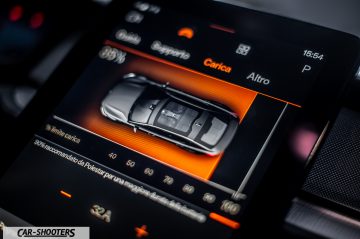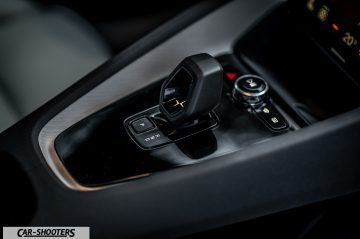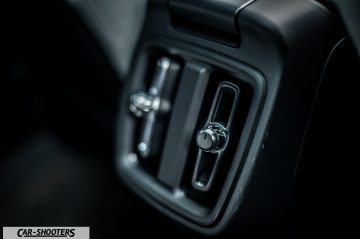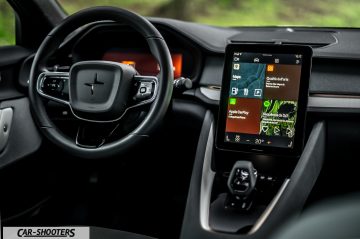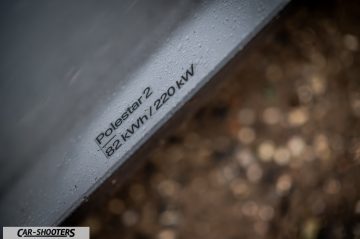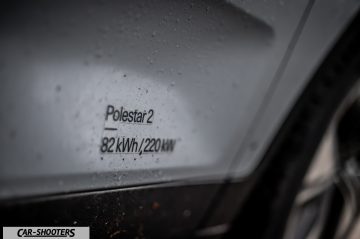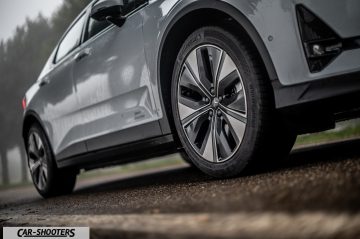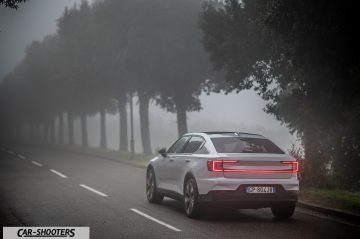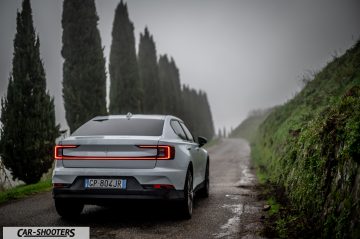Today we drive a Polestar 2 for a review. Polestar is a new brand initially born as Volvo’s sports division. Over the past few years, it has evolved into a separate brand. The Polestar 2 is the first car from the brand to land in Italy.



Polestar began producing cars under its own brand in 2017 with the Polestar 1, a plug-in hybrid car with striking design and exceptional performance. This model was a real turning point for the brand, marking the beginning of its distinct identity and commitment to innovation in the automotive sector. The Polestar 1 captured the attention of car enthusiasts worldwide, not only for its captivating aesthetics but also for its cutting-edge technology and performance. Its hybrid powertrain, equipped with a generously sized battery, highlighted Polestar’s approach to a new type of mobility. The Polestar 2 is a raised sedan with clean lines and no grotesque appendages.


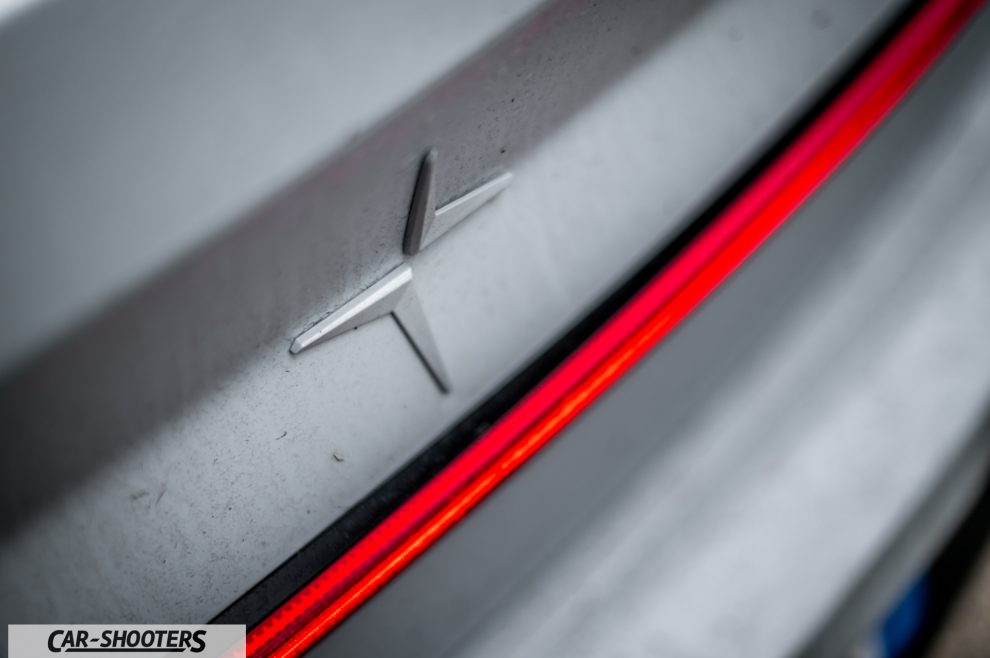
There is a strong Scandinavian inspiration in the design approach, especially on the front with LED headlights featuring daytime running lights in the shape of Thor’s Hammer: a clear distinctive sign of the Swedish brand. The lines are tense and pronounced, making this car almost a coupe for the play they create. At the rear, we find a very interesting design solution, as the taillight is a single light that creates light effects when the car opens and closes. At the front, there is also a very useful compartment for charging cables.

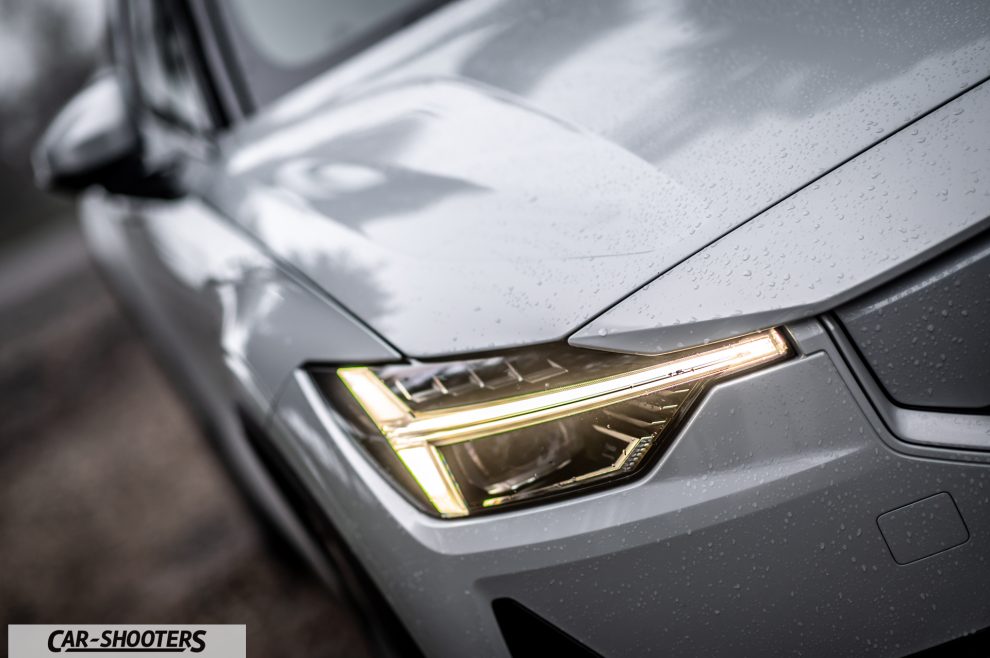
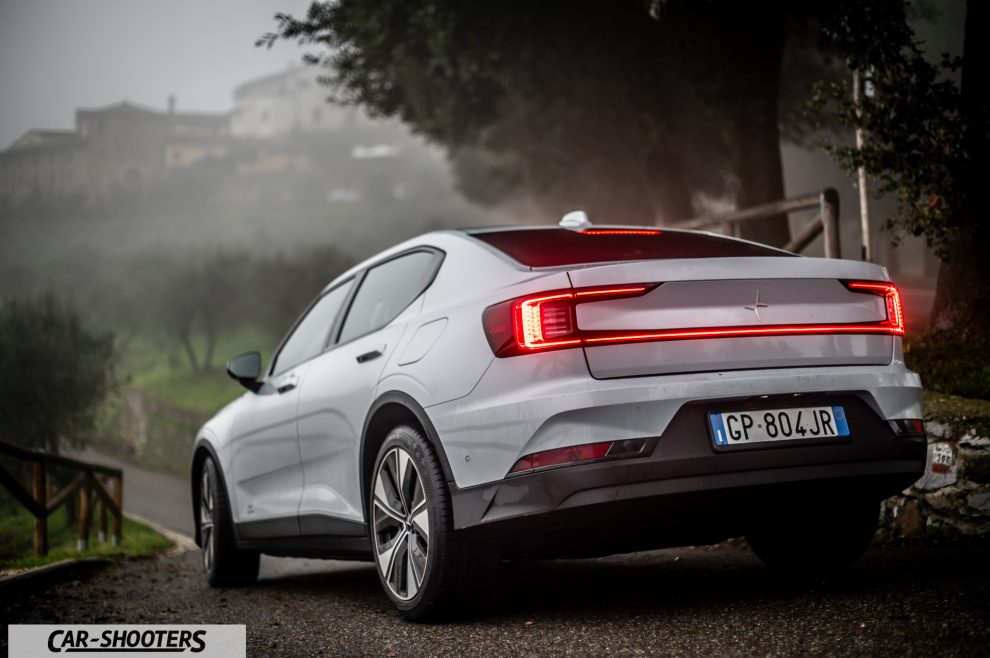
The Polestar 2 is 4.60m long and is built on the innovative Compact Modular Architecture (CMA) platform created specifically by Geely in collaboration with Volvo. As suggested by the side decal, the test model is equipped with a battery with a capacity of 82kWh gross (79 net) and can reach a peak charging power of 220kW in DC. In alternating current, however, the bar stops at 11kW in three phases. This translates into a full AC recharge in just under 8 hours, while going from 20 to 80% in DC takes only 28 minutes. As for autonomy: the Single Motor Long Range version is certainly the most interesting, as it offers, according to WLTP cycle, the longest range of the entire range, reaching up to 655km.



We tested it in fairly unfavorable conditions for electric cars as temperatures were consistently very low. Thanks to the Plus Pack, the test model is equipped with a heat pump, leading to a significant increase in autonomy. On the highway, with temperatures below 5 degrees, we reached 380km without any problems, and off the highway, we managed to cover almost 500km. Values that could increase by 10/15% in milder climates. Great result, I would say.

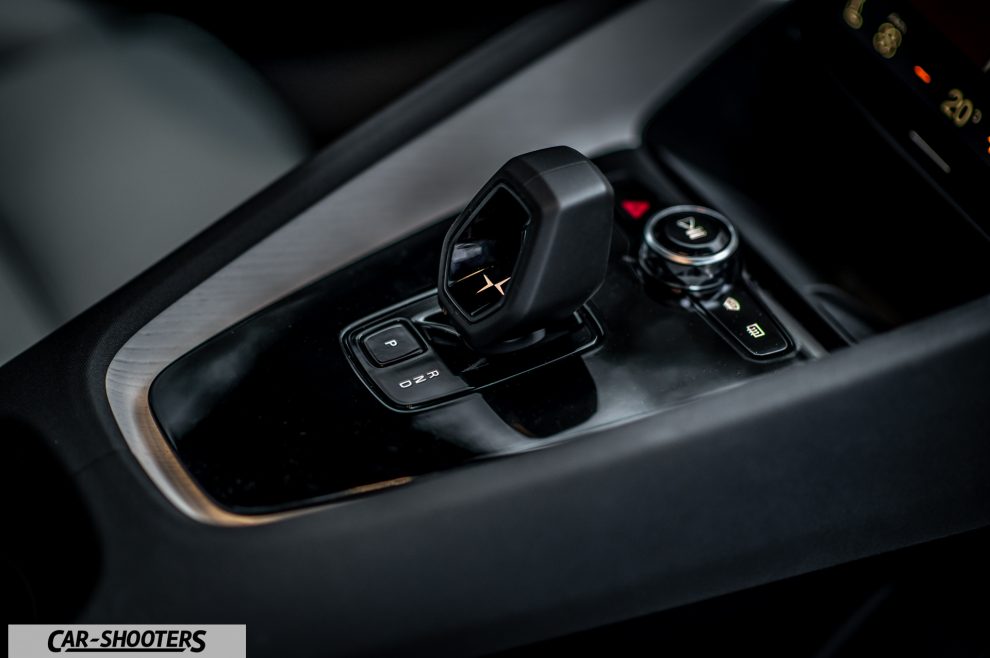

Getting on board the Polestar 2, one immediately notices the very high perceived quality. The materials are all soft to the touch and assembled very well. The feeling of comfort is instantaneous, with seats that wrap around the driver and passengers, offering optimal support even during long journeys. The seats are also equipped with heating and ventilation. The white Nappa leather, light wood trim, and interior lighting create a warm and inviting atmosphere. The ergonomics and layout of the elements inside the cabin are well done, except for the air conditioner which is only controllable via the touchscreen.



Finally, the panoramic roof allows natural light to flood the cabin, creating a bright and airy atmosphere that accentuates the feeling of spaciousness. Attention to detail also extends to the technology on board. At the center of the dashboard is the infotainment system based on Android Automotive, which offers the possibility to install applications from the Play Store and compatibility with Apple CarPlay. The standard navigator is Google Maps, and it’s very interesting to be able to calculate the route with the necessary charging stops. In using the car, I noticed that the predictions were always very accurate, even in case of traffic and/or unforeseen events.
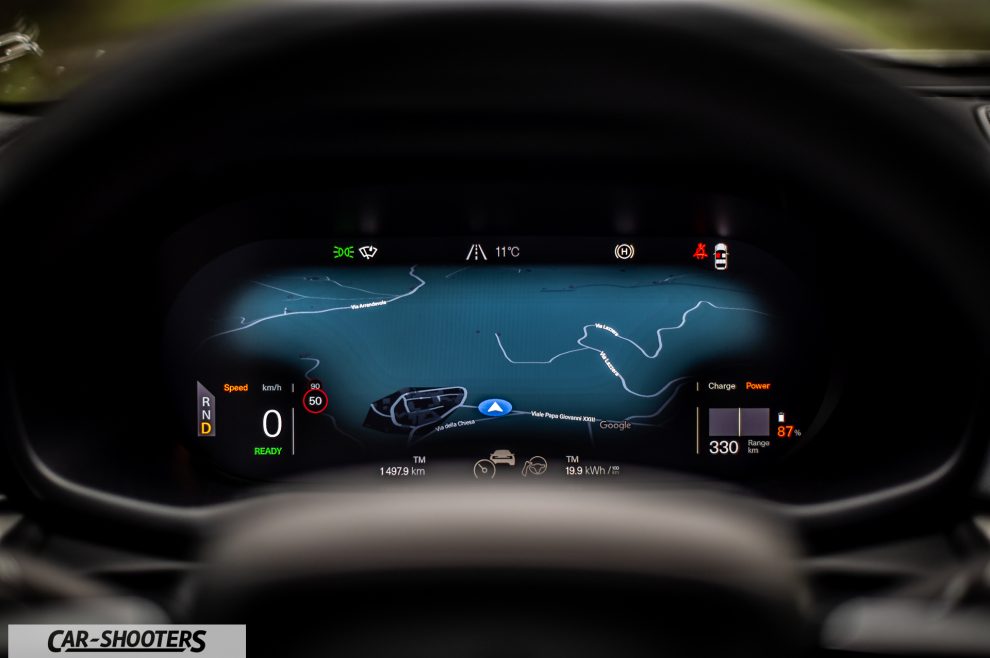


In front of the driver, there is also a completely digital instrument cluster, a bit lacking in terms of customization, but it integrates perfectly with CarPlay, displaying maps on the navigator of your iPhone when needed. The audio system equipped in the test model has been custom-developed by Harman-Kardon and delivers sound through 13 speakers with a total power of 600W. There is also a layer of computational audio that improves sound quality. The result is always a well-balanced and immersive sound, well done!



From Model Year 2024, the “two”, in single-motor configurations, has switched from front-wheel drive to rear-wheel drive. What does this entail? The transition to rear-wheel drive contributes firstly to greater efficiency, and finally to more involvement in driving. The behavior of the Polestar 2 is generally oversteering if you exaggerate with the gas in curves. By putting the ESC in Sport mode, it frees up even more, allowing you to fully exploit all 299 horsepower of this powertrain. 299 horsepower capable of taking the Polestar 2 from 0 to 100 in just 6.2 seconds.



The throttle response is well calibrated and tends to mask the weight of the car. The integration between regenerative braking and mechanical braking is perhaps the slight flaw of this sedan. At first, it takes a little getting used to as some brakes may be a bit abrupt. Polestar offers its Polestar 2 in many variants, capable of meeting any need.



The base model (Standard Range Single Motor) starts at 55,800 euros, excluding options, up to 69,800 euros for the sportiest version with dual motors and performance pack. The test version (Long Range single motor) starts at 59,300 euros. By equipping it like the test model with Snow color (1200 euros), Pilot Pack (2500 euros), Plus Pack (4500 euros), and Nappa leather interior (4500 euros) we reach 72,000 euros. We really enjoyed trying out this Polestar 2, the quality of the interior and the onboard experience are top-notch and justify the high price of this car. Waiting to have the opportunity to try the Performance version, we leave Polestar 2 very satisfied.



Bonus images:
















